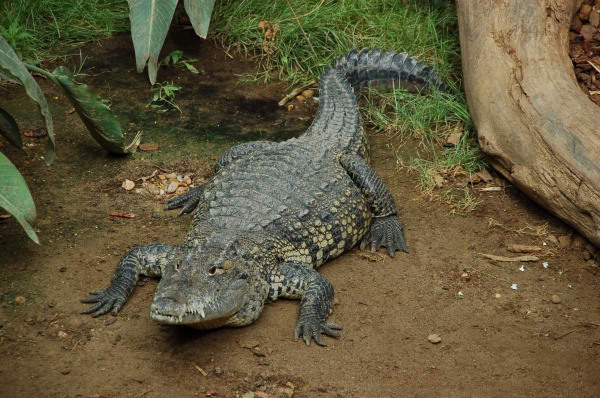Facts About Morelet's crocodile
Morelet's crocodile, often referred to as the Mexican crocodile, is a captivating species primarily inhabiting the freshwater environments of Mexico, Belize, and Guatemala. First documented in Mexico in 1850, it was named after the French naturalist Pierre Marie Arthur Morelet. For many years, it was misidentified as other crocodile species, but in the 1920s, scientists finally recognized it as a distinct species.
This crocodile is characterized by its broad snout and dark grayish-brown skin, adorned with dark bands and spots. Typically, Morelet's crocodiles grow to about 3 meters in length, with males being larger than females. Adult males can reach up to 3 meters in length and weigh approximately 83.9 kg. They are opportunistic feeders, meaning they consume whatever is available, including fish, insects, small mammals, birds, and reptiles. Some adults have even been known to prey on larger animals like cattle and tapirs.
The breeding season for Morelet's crocodiles spans from April to June. During this period, females lay between 20 to 45 eggs in mound nests and fiercely guard them. When the eggs hatch, the newborns, about 17 cm long, are initially cared for by both parents.
Unfortunately, these crocodiles have faced significant threats due to habitat destruction and illegal hunting for their hides, which are used to make leather products. Conservation efforts, particularly those led by organizations such as the Crocodile Specialist Group, have been crucial in protecting the species. Nonetheless, habitat loss and hunting continue to pose challenges.
Morelet's crocodiles are found across Central America, the Gulf of Mexico, and the Yucatán Peninsula, thriving in freshwater swamps, marshes, and coastal brackish waters. Intriguingly, they have also been introduced into the Rio Grande, leading to sightings in Mexican cities such as Matamoros, Reynosa, and Nuevo Laredo.
These crocodiles are known for their aggressive nature and strong protective instincts towards their young. There have been reports of attacks on humans, particularly from larger adults, making them formidable predators despite their relatively smaller size compared to other crocodile species.

 Guatemala
Guatemala